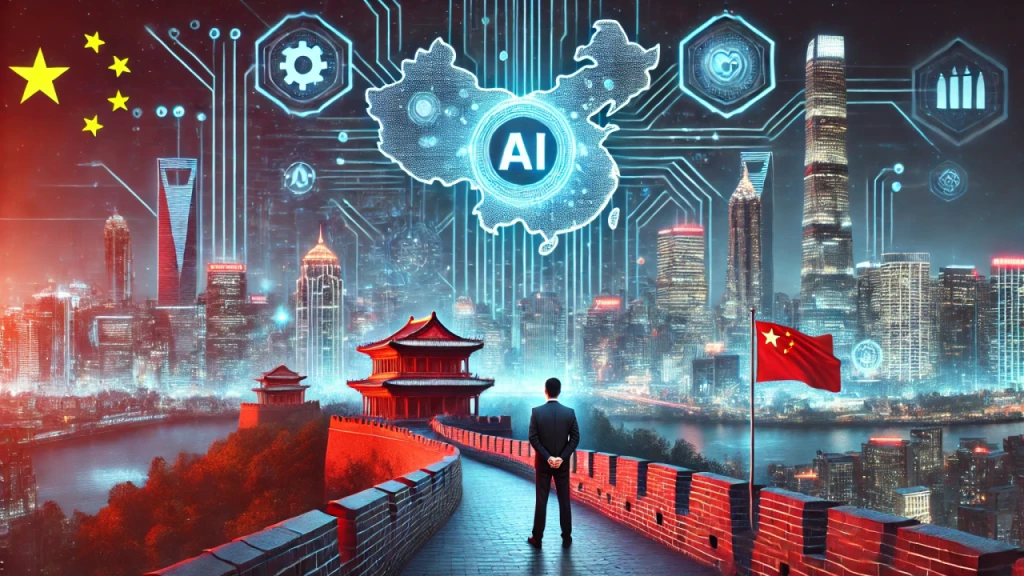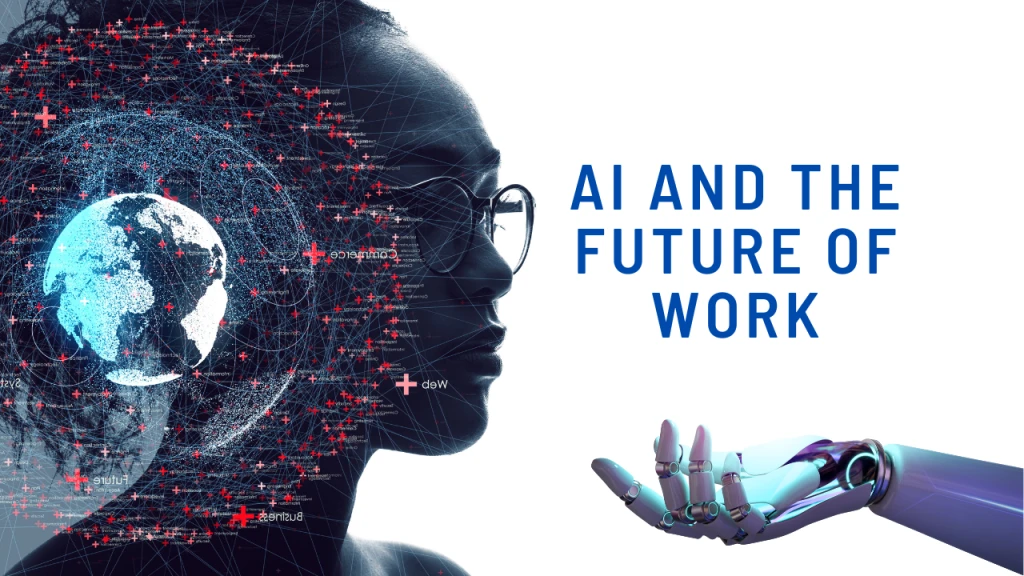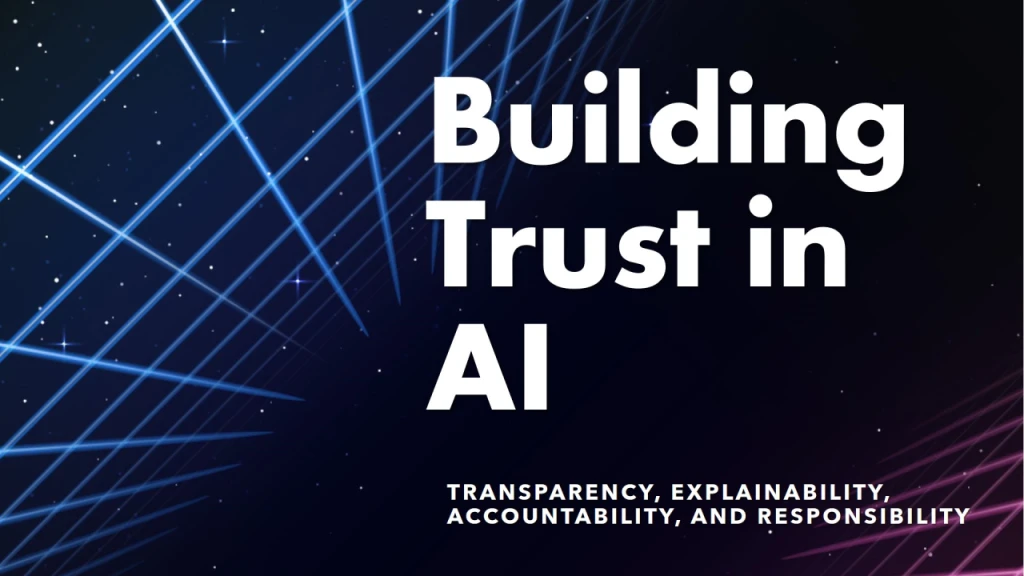Test AI on YOUR Website in 60 Seconds
See how our AI instantly analyzes your website and creates a personalized chatbot - without registration. Just enter your URL and watch it work!
1. Introduction: China’s AI Acceleration
This blog explores China’s AI growth, key innovations, government policies, and the global implications of its AI dominance.

2. Government Support and AI Policy
New Generation AI Development Plan: Launched in 2017, this roadmap aims to position China as the world’s AI powerhouse.
Massive State Funding: The government is investing billions in AI research, startups, and national AI labs.
Public-Private Partnerships: Collaboration between tech giants like Baidu, Alibaba, Tencent, and government agencies accelerates AI development.
AI-Integrated Smart Cities: China is embedding AI into urban planning, using smart surveillance, automated traffic control, and AI-powered services.
3. China’s Breakthroughs in AI Technology
Generative AI and Large Language Models (LLMs)
Companies like Baidu, Alibaba, and Huawei are developing AI models similar to OpenAI’s ChatGPT and Google’s Gemini.
Baidu’s Ernie Bot and Alibaba’s Tongyi Qianwen are leading China’s efforts in generative AI, offering powerful text and image generation capabilities.
AI-Powered Surveillance and Facial Recognition
China has some of the world’s most advanced facial recognition technology, used in security, banking, and smart city projects.
AI-powered surveillance is integrated into public safety systems, helping to monitor large populations in real time.
Autonomous Vehicles and AI Transportation
Companies like XPeng and Baidu Apollo are pioneering self-driving technology, testing autonomous taxis in multiple cities.
AI-powered logistics systems are improving efficiency in China’s vast e-commerce industry.
AI in Healthcare and Drug Discovery
AI is being used for faster medical diagnostics, robotic surgeries, and pharmaceutical research.
AI-driven platforms like iFlytek provide real-time medical translations and assistance for doctors.
4. China’s AI vs. the U.S.: The Global AI Race
Data Advantage: China has access to vast amounts of data due to its large population and extensive digital infrastructure.
State-Backed Innovation: Unlike the U.S., where AI development is largely private-sector driven, China’s government actively funds and directs AI initiatives.
Tech Trade Wars: U.S. sanctions on AI chip exports (such as those affecting Huawei and SMIC) have challenged China’s AI hardware development, but domestic firms are rapidly developing alternatives.
Talent and Research: China is producing AI researchers at an accelerated rate, with universities focusing on AI and machine learning advancements.
5. Ethical Concerns and AI Regulation
AI Surveillance and Privacy Risks: The use of AI for mass surveillance has sparked debates on privacy rights and government control.
Bias in AI Models: Chinese AI models, like others worldwide, struggle with biases in training data and decision-making.
International Regulation: As AI becomes more powerful, discussions about global AI governance are becoming more urgent, with China playing a key role in shaping international policies.
6. The Future of AI in China
AI-Driven Economic Growth: AI will play a major role in China’s economic expansion, driving automation, fintech, and industrial AI applications.
Expansion of AI Hardware Manufacturing: China is investing heavily in developing its own AI chips to reduce reliance on Western technology.
Stronger Global Influence: China’s AI dominance will influence global tech policies, partnerships, and digital trade agreements.






